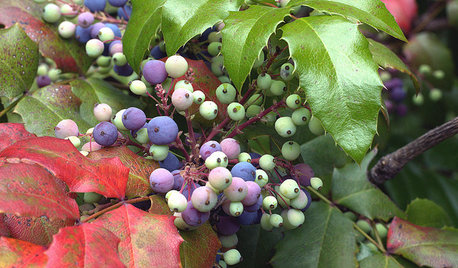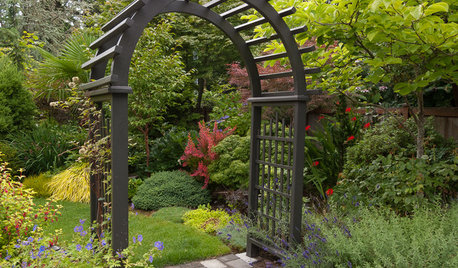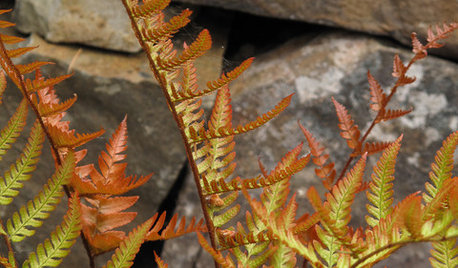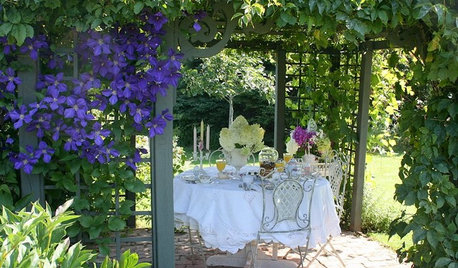Phytophthera & new rhodie planting
dplantlady
17 years ago
Related Stories

LANDSCAPE DESIGNGarden Overhaul: Which Plants Should Stay, Which Should Go?
Learning how to inventory your plants is the first step in dealing with an overgrown landscape
Full Story
GARDENING GUIDESGreat Design Plant: Mahonia Aquifolium for Birds
Oregon grape puts on a bold spectacle from spring through winter and is ideal to brighten partly shady corners in the U.S. West
Full Story
PLANTING IDEASGreat Garden Combo: 9 Plants for an Intriguing Entrance
Layer trees, flowers and shrubs around an archway to create the feeling of a year-round doorway to adventure
Full Story
GARDENING GUIDESWhat's Wrong With My Plant? Leaves Often Hold the Clues
Learn how to identify common plant ailments by reading their leaves
Full Story
GARDENING GUIDESGreat Design Plant: Autumn Fern Adds Color All Year
Use this evergreen, easy-care fern for soft texture and coppery tints in container gardens and the landscape at large
Full Story
FALL GARDENINGMake This Fall’s Garden the Best Ever
Learn the most important tip for preventing buyer’s remorse, plus get more valuable buying and planting advice
Full Story
GARDENING GUIDESPacific Northwest Gardener: What to Do in May
Take advantage of May's warmth to prune spring blooms and plant vegetables and annuals for a summer bounty
Full Story
GARDENING GUIDESAttract Hummingbirds and Bees With These Beautiful Summer Flowers
Roll out a welcome mat for pollinators to keep your landscape in balance and thriving
Full Story
GARDENING GUIDESNew Ways to Think About All That Mulch in the Garden
Before you go making a mountain out of a mulch hill, learn the facts about what your plants and soil really want
Full Story
GARDENING GUIDESTop 12 Summer-Blooming Perennials for Deer-Resistant Drama
Can you have garden color, fragrance and exciting foliage with hungry deer afoot? These beauties say yes
Full Story





luis_pr
rhodyman
Related Professionals
Fort Lee Landscape Architects & Landscape Designers · Panama City Landscape Architects & Landscape Designers · Aurora Landscape Contractors · Alamo Landscape Contractors · Lorain Landscape Contractors · Mequon Landscape Contractors · Mission Viejo Landscape Contractors · New Baltimore Landscape Contractors · New Cassel Landscape Contractors · Placerville Landscape Contractors · Red Oak Landscape Contractors · Severna Park Landscape Contractors · Tavares Landscape Contractors · Vallejo Landscape Contractors · Shafter Landscape Contractors